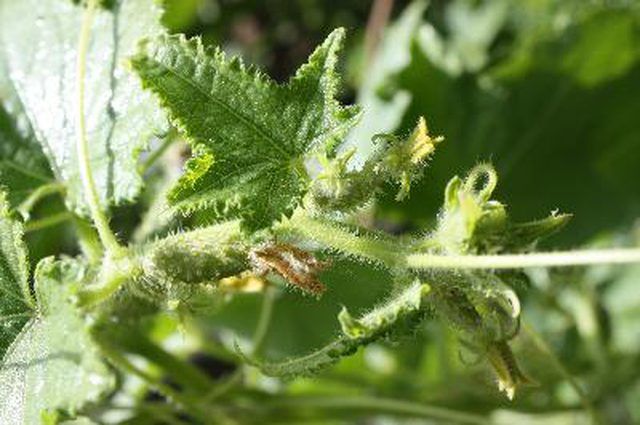Bulbs
Flower Basics
Flower Beds & Specialty Gardens
Flower Garden
Garden Furniture
Garden Gnomes
Garden Seeds
Garden Sheds
Garden Statues
Garden Tools & Supplies
Gardening Basics
Green & Organic
Groundcovers & Vines
Growing Annuals
Growing Basil
Growing Beans
Growing Berries
Growing Blueberries
Growing Cactus
Growing Corn
Growing Cotton
Growing Edibles
Growing Flowers
Growing Garlic
Growing Grapes
Growing Grass
Growing Herbs
Growing Jasmine
Growing Mint
Growing Mushrooms
Orchids
Growing Peanuts
Growing Perennials
Growing Plants
Growing Rosemary
Growing Roses
Growing Strawberries
Growing Sunflowers
Growing Thyme
Growing Tomatoes
Growing Tulips
Growing Vegetables
Herb Basics
Herb Garden
Indoor Growing
Landscaping Basics
Landscaping Patios
Landscaping Plants
Landscaping Shrubs
Landscaping Trees
Landscaping Walks & Pathways
Lawn Basics
Lawn Maintenance
Lawn Mowers
Lawn Ornaments
Lawn Planting
Lawn Tools
Outdoor Growing
Overall Landscape Planning
Pests, Weeds & Problems
Plant Basics
Rock Garden
Rose Garden
Shrubs
Soil
Specialty Gardens
Trees
Vegetable Garden
Yard Maintenance
How to Treat Powdery Mildew on a Cucumber Plant
How to Treat Powdery Mildew on a Cucumber Plant. Vegetable gardening can be a relaxing and productive activity that rewards gardeners with bounties of tasty foods for the table. But when powdery mildew strikes, that bounty might suffer. Vegetables in the cucurbit family, such as cucumbers, squash, melons and pumpkins, can be susceptible to powdery...

Vegetable gardening can be a relaxing and productive activity that rewards gardeners with bounties of tasty foods for the table. But when powdery mildew strikes, that bounty might suffer. Vegetables in the cucurbit family, such as cucumbers, squash, melons and pumpkins, can be susceptible to powdery mildew, which threatens the number and quality of flowers and subsequent fruit that each plant produces.
Managing powdery mildew in cucumbers relies first on prevention and second on treatment. If you suspect that your cucumber plants have powdery mildew, it is too late for prevention, but you can still save your crop.
Things You'll Need
Protectant fungicide
Eradicant fungicide
Water
Baking soda
Dish detergent
Garlic
Plant varieties of cucumber that are disease resistant, including Marketmore 76, Fanfare, Salad Bush and Carolina. Disease-resistant varieties will fend off powdery mildew attacks better than susceptible varieties.
Avoid overfertilizing your cucumbers. Too much fertilizer will encourage excessive growth of tender plant parts that are particularly susceptible to powdery mildew.
The University of California Department of Agriculture and Natural Resources recommends that you spray cucumber plants with a protectant fungicide before any symptoms of powdery mildew appear. Protectant fungicides are usually formulated with wettable sulfur or microorganisms that biologically control the growth of fungi. The number and frequency of applications will depend on the product you use. Refer to the package directions for information on how to spray, how often to spray and any safety precautions.
Spray with eradicant fungicide if powdery mildew occurs regardless of your preventive measures. Unfortunately, once powdery mildew has taken hold, you won't be able to completely get rid of it on your cucumbers, but consistent treatment with fungicides will help control the problem.
Horticultural oils work well as eradicants and can be purchased at your local agricultural or gardening supply store. Be sure to follow directions carefully.
Alternately, you can mix up your own fungicide by combining a gallon of water with 1 tsp. of baking soda and a few drops of dish detergent or a gallon of water with four or five cloves of crushed garlic. Homemade fungicides can be used every 3 or 4 days to stop spores from germinating. Spray your cucumber plants thoroughly, making sure to cover all parts of the plant and the underside of the leaves.
If you practice succession planting, avoid planting new cucumber plants close to the same area where plants affected with powdery mildew are planted. This will help avoid the spread of powdery mildew among plants, according to the University of Massachusetts Extension.
Tips & Warnings
Give cucumber plants plenty of sun and room for air circulation.
Always read and follow fungicide package directions carefully to avoid damaging your plants.